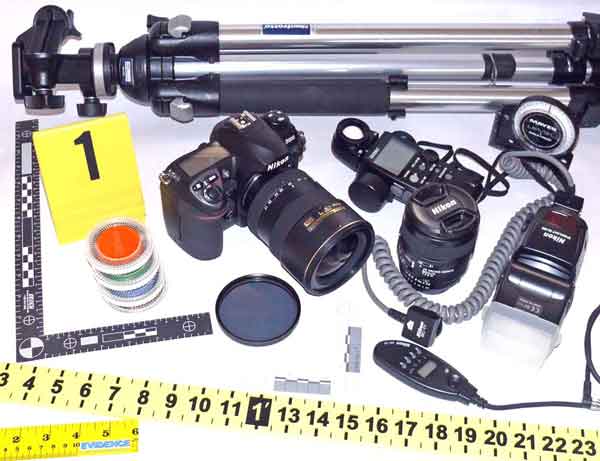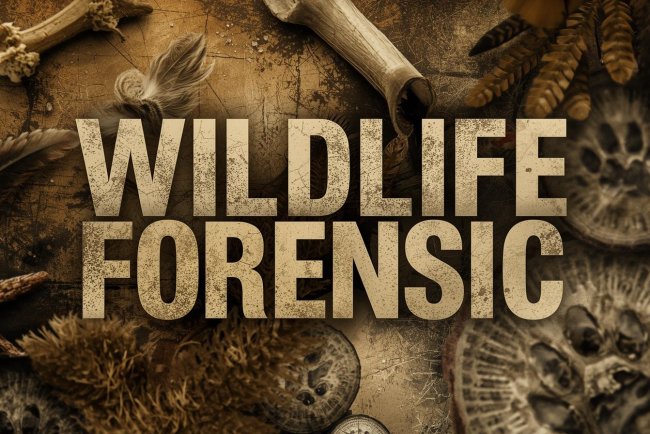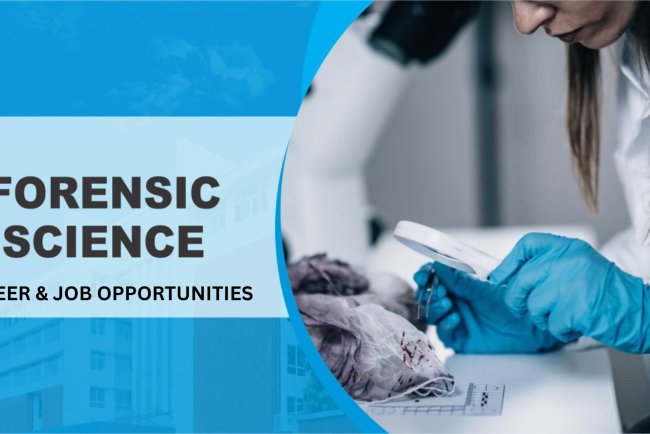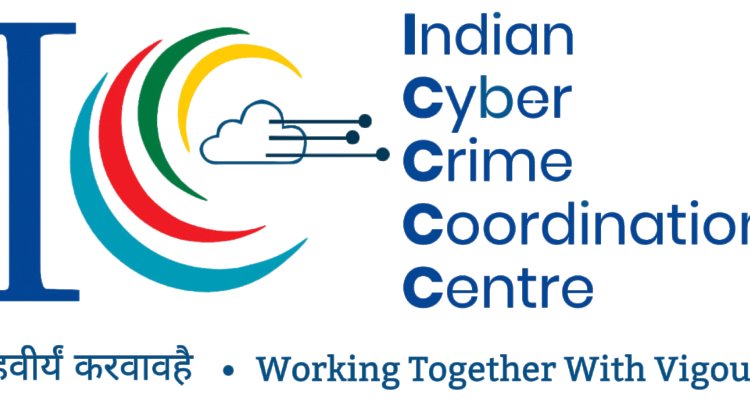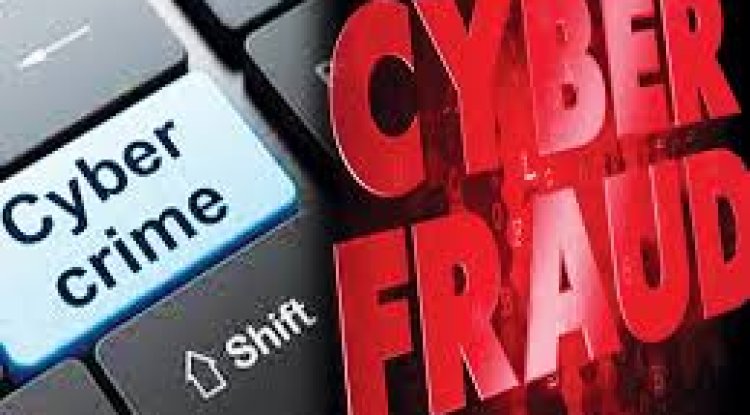Snapshots of Truth: The Forensic Photography
Crime scene photography, another name for forensic photography, is the use of photos in court cases. It include recording crime scenes, tangible evidence, injuries, and other information pertinent to civil or criminal proceedings. In court, the images are used to support expert testimony, preserve evidence, and explain conclusions.
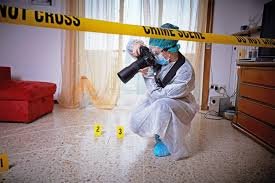
Types of Photographs in Forensic Photography
Forensic photography includes several types of photos, each with a specific purpose in documenting and analyzing crime scenes and evidence. Here's a breakdown:
1. Overview (Wide-Angle) Photographs
-
Shows the entire crime scene and its surroundings.
-
Provides context and layout of the scene.
-
Taken from multiple angles and entry/exit points.
2. Mid-Range Photographs
-
Focuses on specific areas of interest within the scene.
-
Shows the relationship between evidence and surroundings.
-
Often includes evidence markers for clarity.
3. Close-Up Photographs
-
Detailed shots of individual evidence items.
-
Taken with and without measurement scale (ruler).
-
Essential for identifying objects like weapons, fingerprints, or wounds.
4. Macro Photographs
-
Ultra close-up, high-detail images.
-
Used for small evidence: tool marks, fibers, bullets, bite marks, etc.
5. Injury or Postmortem Photographs
-
Documents wounds, bruises, or cause of death.
-
Used during autopsies or medical investigations.
-
Taken from multiple angles with proper lighting and scale.
6. Evidence Photography
-
Focused solely on physical or trace evidence (e.g., hair, blood, weapons).
-
Shows both the location and condition of the item.
7. Latent Evidence Photography
-
Captures fingerprints, shoeprints, or impressions.
-
Often involves special lighting or chemical treatments.
8. Alternate Light Photography
-
Uses UV or infrared light to reveal hidden evidence.
-
Detects blood stains, gunshot residue, or bodily fluids not visible in normal light.
9. Surveillance or Covert Photography
-
Secretly captures suspects or illegal activity.
-
Used in undercover or long-term investigations.
10. Comparison Photography
-
Compares known and questioned evidence (e.g., bullets, handwriting).
-
Done in controlled lab conditions for clarity and precision.
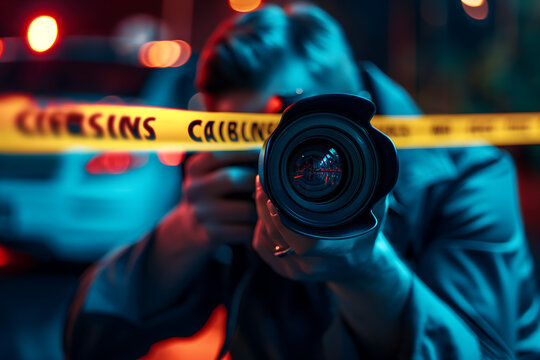
| Type | Purpose |
|---|---|
| Overview | Document scene layout |
| Mid-range | Show evidence in context |
| Close-up | Show detailed evidence |
| Macro | Highlight small or intricate evidence |
| Injury/Postmortem | Record wounds or trauma |
| Latent | Capture hidden or developed impressions |
| Alternate Light | Reveal trace evidence |
| Surveillance | Monitor activity without detection |
| Comparison | Analyze similarities/differences in evidence |
Essential Equipment
-
DSLR or Mirrorless Camera with manual settings
-
Macro Lens for close-up details
-
Tripod for stability and consistent framing
-
Lighting Equipment (flash, ring lights, alternate light sources)
-
Measurement Scale Rulers
-
Evidence Markers
-
Photo Logs to record metadata like time, date, and subject
Photographic Protocol
-
Secure the scene – Photograph before anything is touched or moved
-
Take wide, mid-range, and close-up shots
-
Use scale and reference objects
-
Photograph from multiple angles
-
Maintain a log of every photo taken
-
Preserve metadata (EXIF) – Date/time/location settings must be accurate
Legal Considerations
-
Photos must be authentic, unaltered, and documented
-
Chain of custody must be maintained
-
Photographs can be challenged in court if improperly taken or stored
Related Forensic Techniques
-
Alternate Light Photography (ALS) – To reveal trace evidence like bodily fluids
-
Infrared/UV Photography – Used to uncover hidden patterns, bruises, or altered documents
Follow cyberdeepakyadav.com on
Facebook, Twitter, LinkedIn, Instagram, and YouTube
What's Your Reaction?







